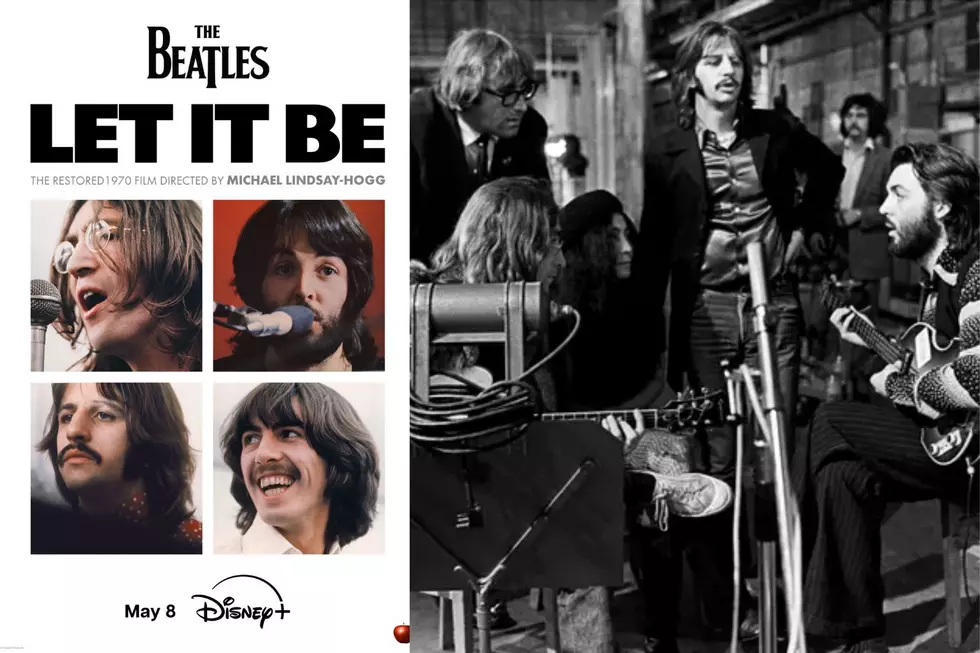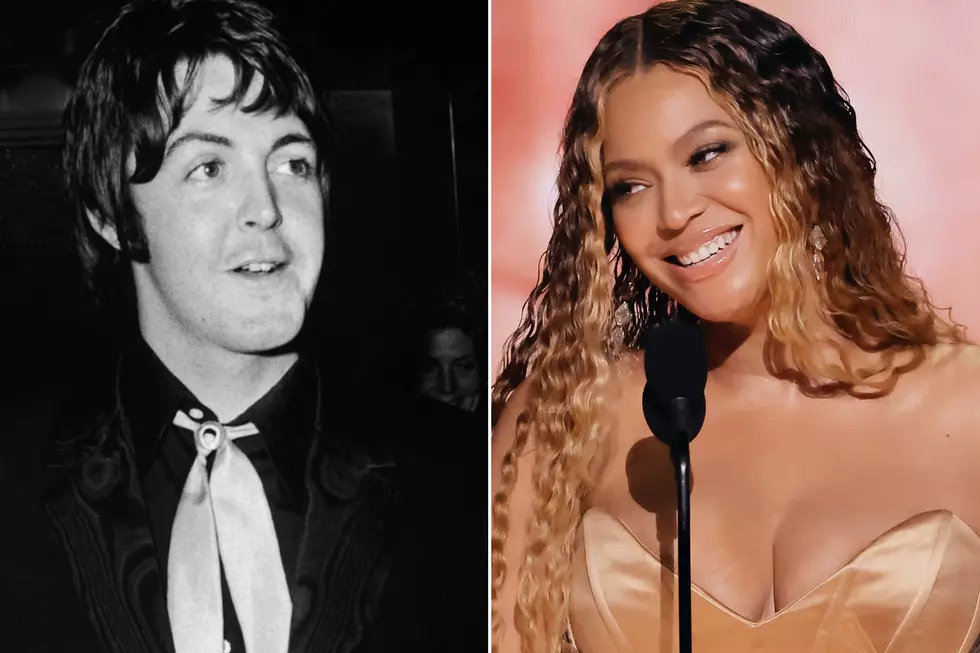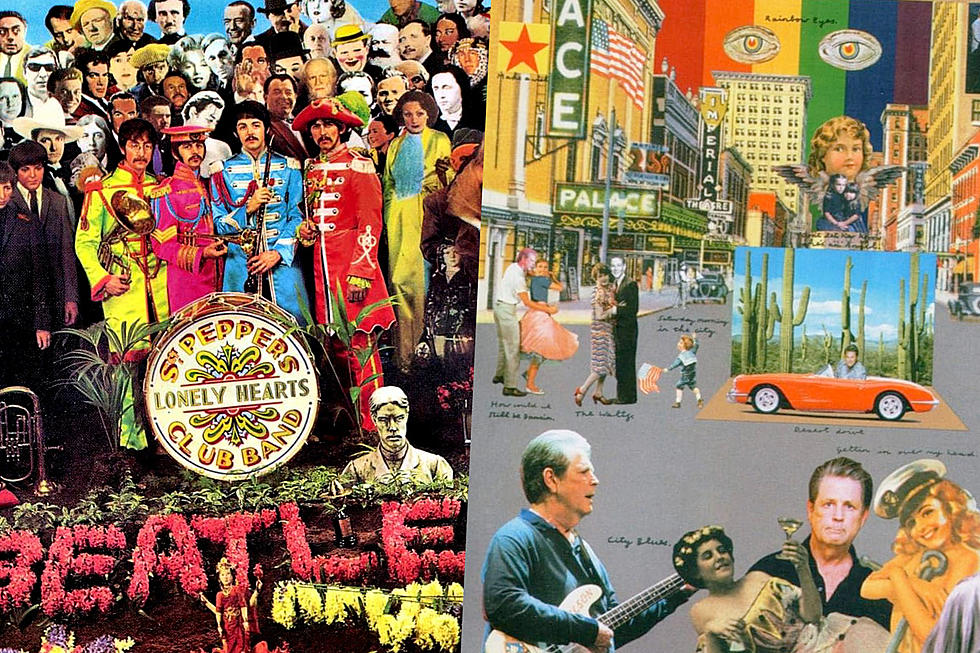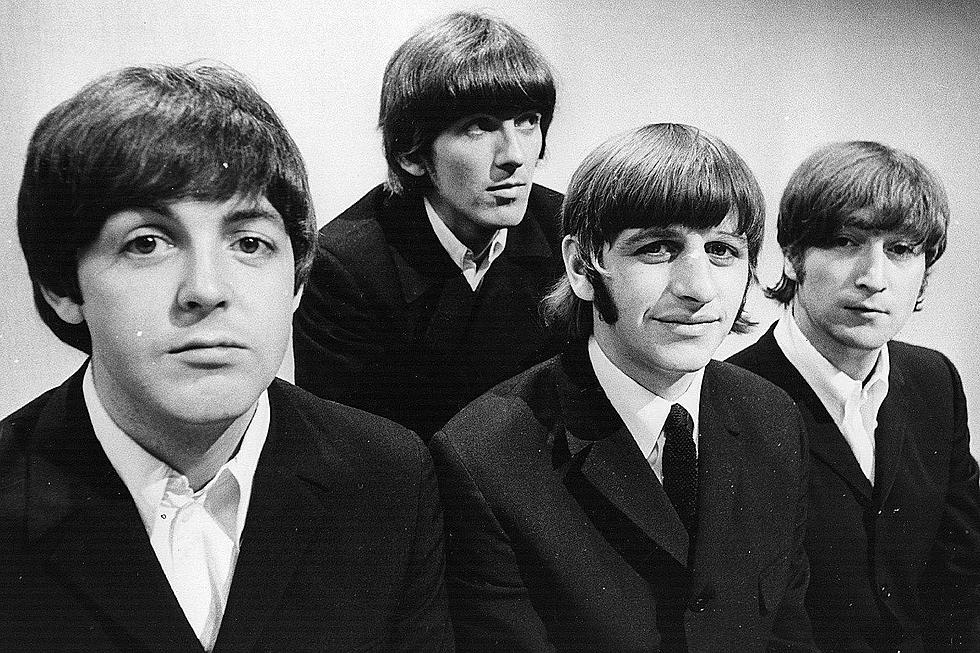
The Day the Beatles Set a New Stadium Rock Standard
On Aug. 15, 1965, the Beatles set the standard for the giant shows that are common today. They performed before 55,600 fans at New York’s Shea Stadium, more than had ever attended a rock concert. The show was the first stop on the Beatles' second tour of the U.S.
"Now it's quite commonplace for people to play Shea Stadium or Giants Stadium and all those big places, but this was the first time," Paul McCartney said in Anthology. "It seemed like millions of people, but we were ready for it. They obviously felt we were popular enough to fill it. Once you go onstage and you know you've filled a place that size, it's magic, just walls of people."
The concert was the brainchild of Sid Bernstein, the legendary promoter who first brought the Beatles to the States in 1964. Though Beatles' manager Brian Epstein had his doubts, Bernstein was sure that Shea, home of baseball's New York Mets, would sell out. Even with tickets priced at $4.50, $5.00 and $5.65, Bernstein promised Epstein that he would pay him 10 dollars for every unsold seat. Bernstein never had to make good on that guarantee.
The Beatles were flown by helicopter from Manhattan to the World's Fair site next to the stadium in Queens. A Wells Fargo armored car brought the group onto the field, where a stage was set up on second base. Fans were fenced in to protect both the band and the infield grass.
"What I remember most about the concert was that we were so far away from the audience," said Ringo Starr, also in Anthology. "It was just very distant at Shea. Sure, we were big-time, and it was the first time we'd played to thousands and thousands of people, and we were the first band to do it, but it was totally against what we had started out to achieve, which was to entertain, right there, up close."
After performances by bands that included the Young Rascals and Cannibal & the Headhunters, the headliners were introduced by TV's Ed Sullivan: "Now, ladies and gentlemen, honored by their country, decorated by their Queen, loved here in America, here are the Beatles!"
The Beatles performed a 30-minute set of 12 songs: "Twist And Shout," "She's A Woman," "I Feel Fine," "Dizzy Miss Lizzy," "Ticket To Ride," "Everybody's Trying To Be My Baby," "Can't Buy Me Love," "Baby's In Black," "Act Naturally," "A Hard Day's Night," "Help!" and "I'm Down."
Shea's sound system was no match for the fans, who screamed from the moment the Beatles appeared to the final note. "Vox made special big 100-watt amplifiers for that tour," said George Harrison. "We went up from the 30-watt amp to the 100-watt amp and it obviously wasn't enough; we just had the house PA."
"We always used to use the house PA," added Starr. "That was good enough for us, even at Shea Stadium. I never felt people came to hear our show — I felt they came to see us. From the count-in on the first number, the volume of screams drowned everything else out."
"But that was handy in that if we were a bit out of tune or didn't play the right note, nobody noticed," said McCartney. "It was just the spirit of the moment."
John Lennon seemed to have the most fun at the concert. He talked nonsense, gestured to the sky, acknowledged fans running across the field and channeled Jerry Lee Lewis.
"I feel that on that show John cracked up," said Starr. "He went mad; not mentally ill, but he just got crazy. He was playing the piano with his elbows and it was really strange." "George couldn't play for laughing," Lennon said in 1965. "I was doing it for a laugh. The kids didn't know what I was doing.
"Because I did the organ on 'I'm Down,' I decided to play it on stage for the first time. I didn't really know what to do, because I felt naked without a guitar, so I was doing all Jerry Lee — I was jumping about and I only played about two bars of it. It was marvelous."
"That was one of the great things about John," said McCartney. "If there was ever one of those tense shows, which this undoubtedly was (you can't play in front of that many people for the first time and not be tense), his comedy routines would always come out. He'd start the faces, and the shoulders would start going, and it was very encouraging: 'OK, that's good — at least we're not taking it seriously.' He kept us jolly."
"As soon as the Beatles finished playing, the car sped across the field to the stage," wrote Bernstein in his autobiography "It's Sid Bernstein Calling ..." "They were in the car and on the move no more than twenty seconds after they stepped off the stage. The back gate of Shea opened, the armored car sped through and they were gone."
Bernstein brought the Beatles back to Shea in 1966. Only this time, it wasn't a sold-out show. "I was pleased that we had not made the '$10 a ticket for unsold seats' deal," wrote Bernstein. "That would have spelled financial disaster."
Bernstein wrote that he saw Lennon at a 1971 Jimmy Cliff concert at Carnegie Hall. "At intermission, John chose to stay in his seat, which gave us a chance to talk [...] It was an easy conversation between two friends.
"Right before the end of the intermission, John gazed at me with a distant look in his eyes.
"'You know, Sid, that concert in 1965 at Shea Stadium … I saw the top of the mountain on that unforgettable night.'"
"I looked at him for a moment and thought to myself what a truly unbelievable night that had been.
"'I know what you mean, John. I saw the top of the mountain, too."
The Best Song on Every Beatles Album
See the Beatles in Rock’s Craziest Conspiracy Theories
More From Ultimate Classic Rock









